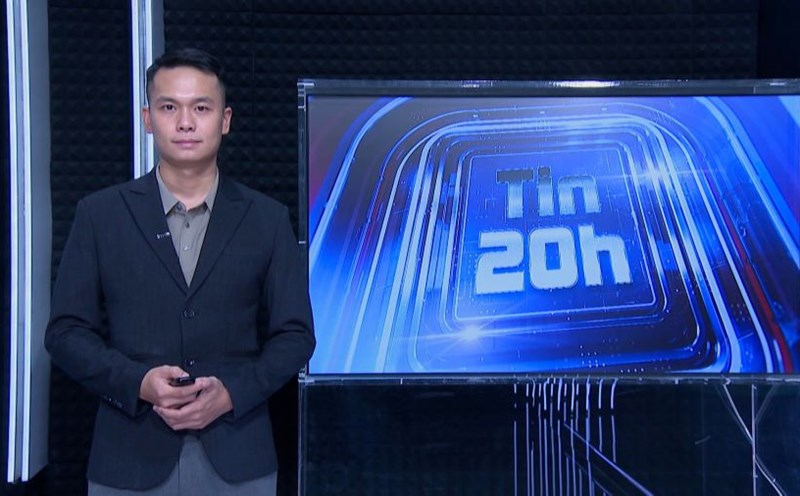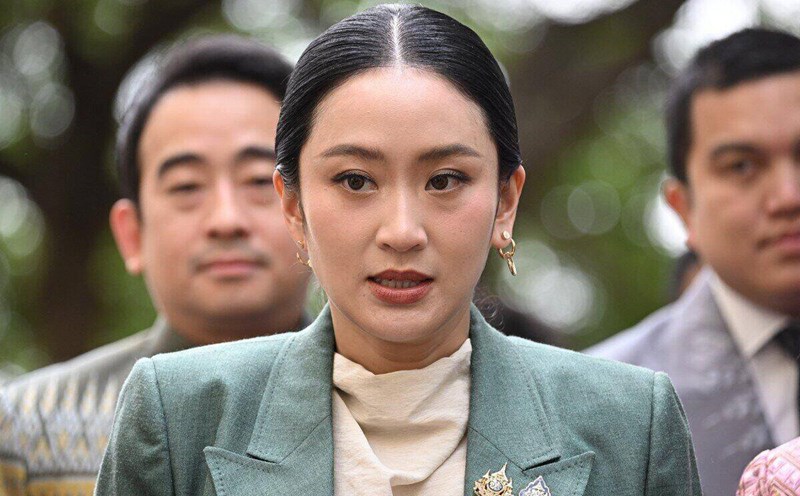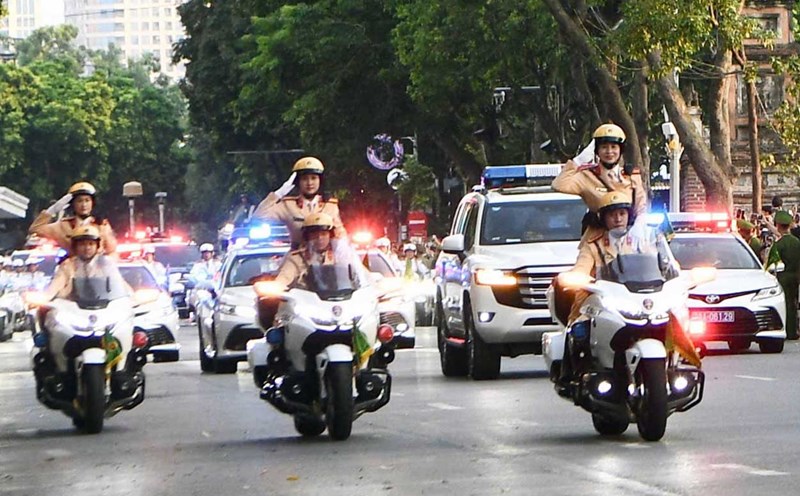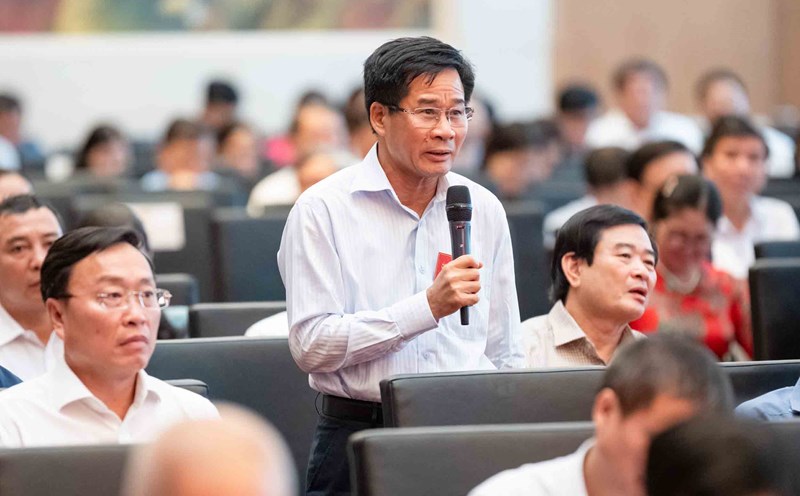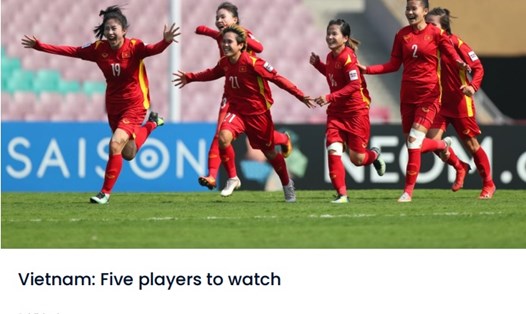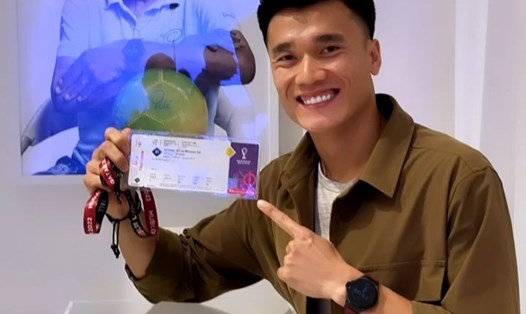30,000 T-shirts bring in 25 million baht - about 20 billion VND, equivalent to a significant part of the operating budget of V.League clubs each season. Of course, people ask, how long will Vietnamese football be like that?
With the image of many empty stands over the years, the answer is that there is still a long way to go. While even the courts are filled with fans, it is uncertain whether a third of them wear genuine jerseys. That shows that when you love, you love, but when it comes to economics, you have to calculate.
From another perspective, it is the way of the Buriram club that should be learned. The success of a team with many achievements in the Thai League did not come by chance. Instead, they really have a strategy in this activity.
They proactively produce shirts and take advantage of the cost, so that any worker can buy a team shirt for less than 800 baht. They create special shirts for special events or for clear purposes, such as shirts made from recycled plastic, to unique pink Valentine shirts. That makes wearing a shirt a part of lifestyle, not just an act of cheering in the stands. They know how to make fans proud, are willing to queue up, spend money to own a shirt.
For Vietnamese football, the stories of selling jerseys, tickets, souvenirs, especially selling... players are a luxury concept. Almost no club is strong enough to turn the jersey into a "community symbol". Still struggling with the problem of limited budget, unstable revenue and not daring to think about systematically commercializing the brand.
Can V.League do the same as Buriram? Yes, but it requires commitment and a long-term vision: Turning the club into pride, turning their products into something fans want to wear every day.
But in the context of occasional clubs issuing books, changing names, waiting for sponsorship, it will take a long time...


